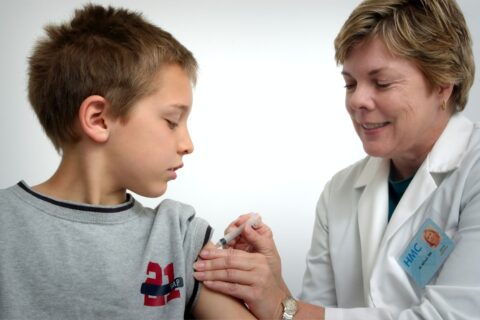Managing Seasonal Allergies: From Triggers to Treatment
A comprehensive guide to understanding and managing seasonal allergies, including common triggers, symptoms, prevention strategies, treatment options, and the role of allergists in providing personalized care.
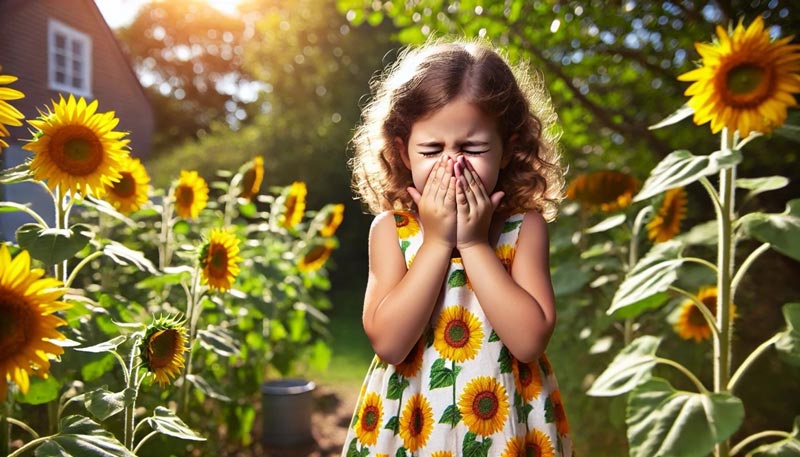
Introduction: Understanding Seasonal Allergies
Seasonal allergies, also known as hay fever, are triggered by the immune system’s overreaction to environmental allergens such as pollen, leading to a range of uncomfortable symptoms. These allergies are closely tied to the changing seasons, primarily because the types of pollen that provoke allergic reactions vary throughout the year. For instance, in the spring, tree pollen is the predominant allergen, causing symptoms in many individuals. As the seasons change to summer, grass pollen becomes the main irritant. By fall, ragweed pollen is the chief concern, and in winter, although outdoor allergens are less of a problem, indoor allergens like mold and pet dander can still pose significant issues for those with allergies. This cyclical nature of allergens makes seasonal allergies somewhat predictable and, thus, somewhat manageable with the right strategies.
Despite the predictability of seasonal cycles, the onset of seasonal allergies can occur at any stage of life, though they most frequently develop by age 20. The symptoms experienced can vary widely in severity and type, ranging from mild annoyances such as sneezing, itchy eyes, and a runny nose, to more serious health concerns like exacerbation of asthma, which can significantly impact an individual’s quality of life. This variability underscores the importance of recognizing the symptoms early and seeking appropriate management and treatment options. Understanding the specific allergens that trigger symptoms and the times of year they are most prevalent allows individuals and healthcare providers to create more effective management and treatment plans for those affected.
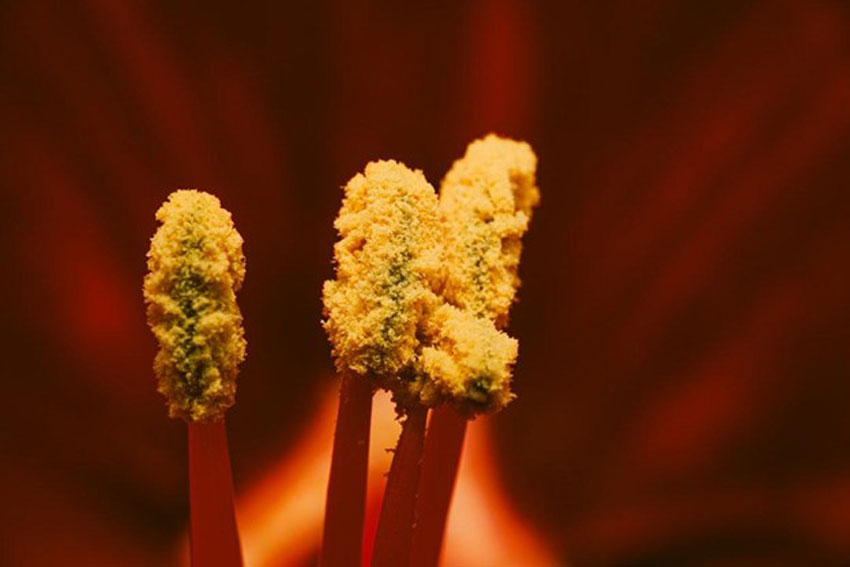
Understanding Seasonal Allergy Triggers
Identifying and understanding the triggers of seasonal allergies is crucial for managing and minimizing symptoms. Environmental factors such as smoke can significantly exacerbate seasonal allergy symptoms. For example, during periods of high pollen count, smoke from wildfires or outdoor grilling can irritate the airways, making symptoms like sneezing, coughing, and itchy eyes more severe for those with pollen allergies. This irritation is due to the smoke particles carrying allergens deeper into the lungs, thus intensifying the allergic response.
Additionally, insect bites and seasonal dietary choices play a role in triggering allergic reactions. Mosquitoes, known for their peak activity during warmer months, can cause localized allergic reactions in some individuals, which may complicate existing seasonal allergy symptoms. Moreover, certain foods that are more commonly consumed in specific seasons can be problematic. For instance, individuals with a birch pollen allergy may experience oral allergy syndrome when consuming apples, which are harvested in the fall, as the proteins in these fruits can mimic pollen and trigger an allergic response. This cross-reactivity between pollen and certain foods highlights the complex nature of seasonal allergy triggers and underscores the importance of identifying and managing these triggers to alleviate symptoms.

Common Symptoms and Diagnosis
Seasonal allergies manifest through a variety of symptoms that can significantly affect an individual’s comfort and well-being. The most prevalent among these is allergic conjunctivitis, which presents as itchy, watery, and red eyes. This condition, aside from being highly uncomfortable, can interfere with daily tasks and reduce the quality of life for those affected. Another frequently encountered symptom is postnasal drip, a condition in which excess mucus accumulates in the back of the throat, causing persistent throat irritation and coughing. This can lead to discomfort throughout the day and disrupt sleep patterns. These symptoms often lead patients to their doctor or the ER under the impression they are suffering from bacterial infections of the throat (Strep), bronchi (bronchitis), or lungs (pneumonia). Untreated, persistent sinus congestion can result in bacterial sinusitis.
To accurately diagnose seasonal allergies, healthcare professionals, specifically allergists, utilize a variety of tests, with skin prick testing being one of the most common and sensitive. During this procedure, small amounts of potential allergens are introduced into the skin, usually on the forearm or back, to observe for any allergic reactions. This method is highly effective in identifying the specific allergens causing an individual’s symptoms, thereby enabling targeted treatment plans. For instance, if a person shows a marked reaction to a particular tree pollen during the test, it can be concluded that this pollen is a trigger for their seasonal allergies. Through such diagnostic processes, allergists can offer personalized advice and treatment options, significantly improving the management of allergy symptoms.

Prevention and Management Strategies
Managing and preventing seasonal allergies requires a comprehensive approach that extends beyond medication. Wearing a mask outdoors, especially during days when pollen counts are particularly high, serves as a simple yet effective barrier against inhaling allergens. This practice is especially recommended during peak pollen seasons in spring and fall when the concentration of pollen in the air is at its highest. Additionally, staying informed about daily pollen counts through weather reports can help individuals plan their outdoor activities on days when the risk of exposure is lower, further reducing the likelihood of allergy symptoms.
In addition to outdoor precautions, maintaining a clean indoor environment plays a crucial role in managing seasonal allergies. Regular cleaning practices, such as removing stuffed animals, carpets, and rugs from rooms where they serve to collect dust, and dusting with damp cloths, can significantly reduce the accumulation of indoor allergens such as dust mites, pet dander, and mold spores. Keeping windows closed during high pollen days and avoiding outdoor activities such as little league practice, soccer practice, and other outdoor sports when the weather is windy and there are high pollen counts may minimize or even prevent symptoms. Additionally, the consumption of local honey is thought to act as a natural immunotherapy, with the potential to gradually desensitize the body to local pollen allergens. Although more research is needed to fully understand its effectiveness, incorporating local honey into one’s diet could provide an additional, natural method to combat seasonal allergy symptoms.
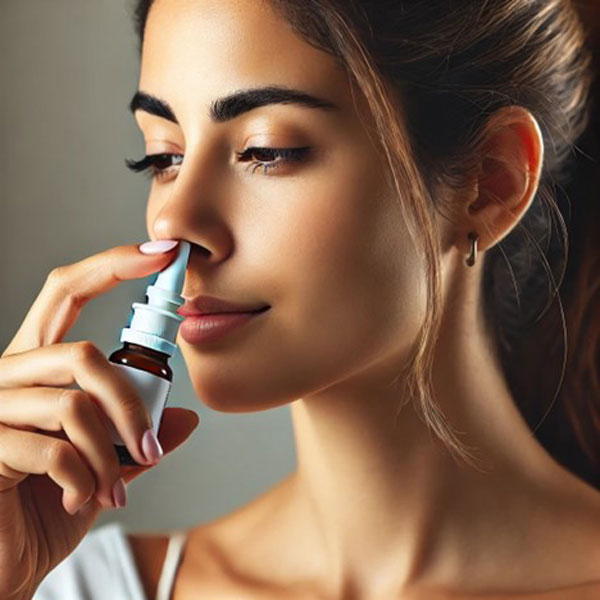
Treatment Options for Seasonal Allergies
Managing seasonal allergies effectively requires a multifaceted approach, tailored to the severity of symptoms and the specific allergens causing them. For many, relief begins with over-the-counter (OTC) medications. Antihistamines, such as loratadine (Claritin) and cetirizine (Zyrtec), are widely used to control the sneezing, runny nose, and itching associated with seasonal allergies. They work by blocking the action of histamine, a substance in the body that triggers allergic reactions. Nasal corticosteroid sprays, such as fluticasone (Flonase) and mometasone (Nasonex), target nasal congestion and inflammation directly, offering another layer of symptom management. These sprays are considered among the most effective treatments for nasal symptoms of hay fever. Studies support intranasal corticosteroid sprays as first-line therapy for the treatment of seasonal allergies when used daily or on an as-needed basis.
Immunotherapy, or allergy shots, is a long-term solution for seasonal allergies. It involves regular injections of small amounts of allergens over several years to desensitize the body and reduce allergic reactions. While it requires frequent doctor visits and patience, it can significantly lessen allergy symptoms. This treatment is ideal for severe allergies or when medication and lifestyle changes aren’t effective. Consult a healthcare provider to tailor the treatment to your specific needs.
When to Seek Emergency Care
Anaphylaxis is a severe, potentially life-threatening allergic reaction that can occur in some individuals in response to specific allergens. This condition requires immediate medical attention as it can escalate quickly, leading to symptoms such as difficulty breathing, significant swelling (especially of the face and throat), a rapid drop in blood pressure, dizziness, or even loss of consciousness. Such reactions are medical emergencies because they can impede breathing and blood circulation, posing a significant risk to life. The rapid onset and severity of these symptoms underscore the importance of recognizing the signs of anaphylaxis early and seeking urgent medical help to prevent fatal outcomes.
Recognizing the early signs of a severe allergic reaction is crucial for timely intervention. Aside from the more recognizable symptoms, anaphylaxis can also manifest through less obvious signs such as a feeling of warmth, a red rash with hives (especially if widespread), a sense of impending doom, or a severe and sudden onset of gastrointestinal symptoms such as vomiting or diarrhea. Given the unpredictability and speed at which these reactions can develop, individuals who are at risk or have experienced severe allergic reactions in the past are often advised to carry epinephrine auto-injectors, which can provide critical, life-saving intervention before emergency medical services arrive. However, even after administering epinephrine, it is essential to proceed to the nearest emergency department for further evaluation and treatment to ensure the reaction is fully managed.
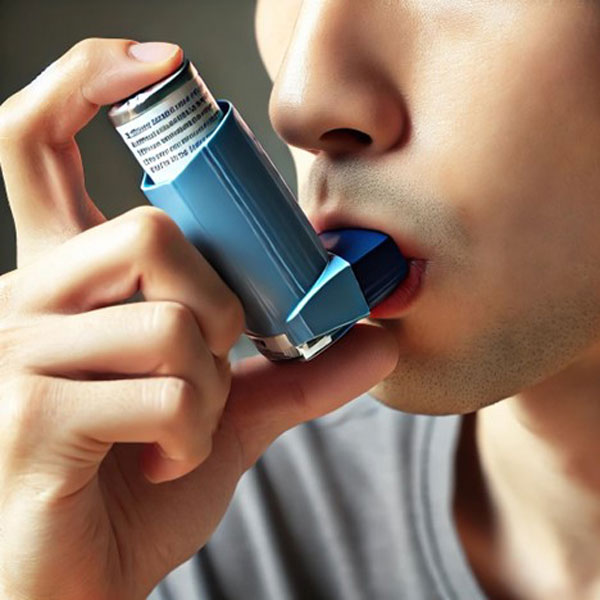
Emergency Room Management
At El Paso ER, we routinely manage the whole spectrum of allergic reactions. Treatment will typically involve a combination of Antihistamines, Epinephrine, Nebulizer treatments, and Corticosteroids. Very severe allergic reactions/anaphylaxis may necessitate advanced airway management.
- Antihistamines: Severe reactions necessitate parenteral (IV or Intramuscular) antihistamines. This is because the lining of your stomach tends to swell and prevent adequate absorption of oral medications. Also, parenteral antihistamines are far superior to oral.
- Epinephrine: patients often present after an initial Epipen® dose. We occasionally must re-dose the epinephrine until the reaction subsides or begin infusion of intravenous epinephrine in very severe cases.
- Nebulizer Treatments: for those patients with underlying reactive airway disease – allergic reactions can cause wheezing. We supplement in these situations with nebulized albuterol and atrovent
- Corticosteroids: Steroids are extremely useful in preventing the progression of allergic reactions. These can be given orally or parenterally, depending on the severity of the reaction
If you suspect you are having an allergic reaction, call us or come in right away. We can help reverse the symptoms and get you back to normal.
Reference:
Weaver-Agostoni, J., Kosak, Z., & Bartlett, S. (2023). Allergic rhinitis: Rapid evidence review. *American Family Physician*, 107(5), 466-473. Retrieved from www.aafp.org/afp.

